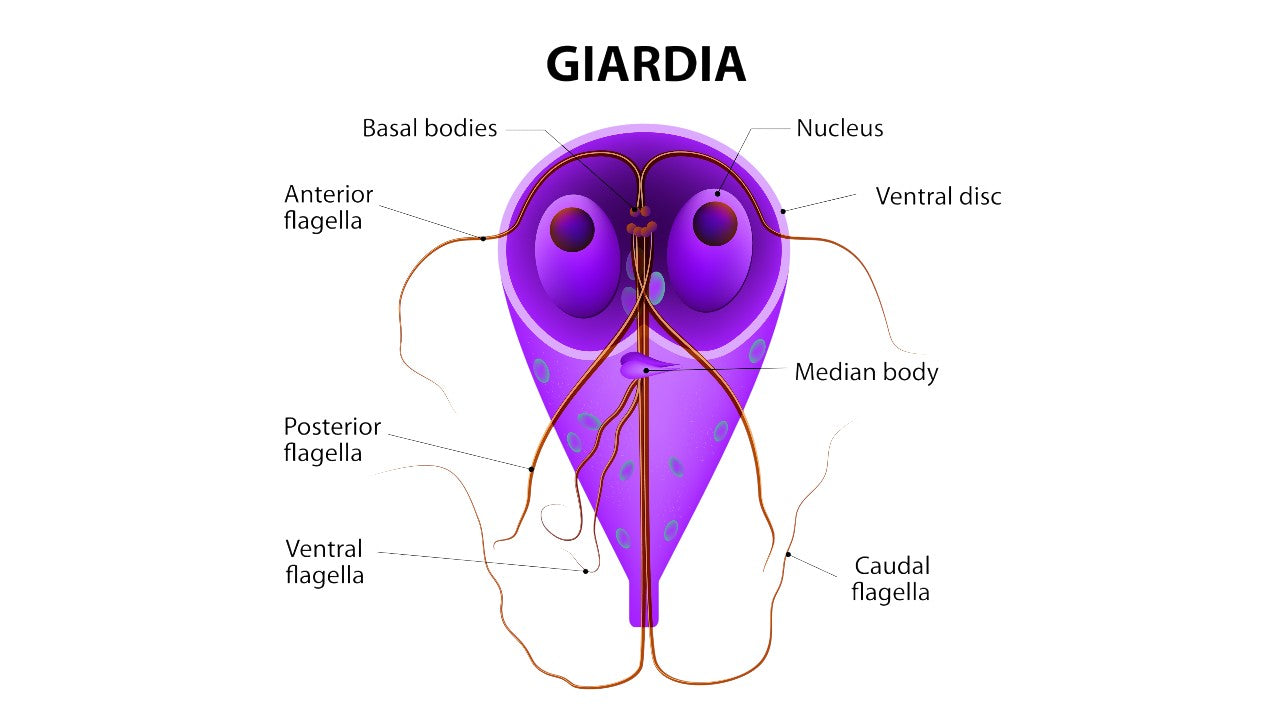Giardia – Are Beavers the Vector?
Although beavers have been blamed for outbreaks of giardiasis, it’s now considered possible that they developed the infection from people. In tracing the progress of the disease, it has been found that human populations were responsible for contaminated sewage being released into streams, with the result that beavers became infected. The beavers, in time, returned the favor to us.
There are probably about 40 species of giardia, which are protozoans – single-celled creatures that behave somewhat like tiny animals. Giardia organisms are capable of independent movement and have two life stages: an active stage when they inhabit the intestinal tract of their unfortunate host and a cystic stage when they are passed with feces and wait to be ingested to infect someone or something else.
Giardia can live in a wide range of animals in addition to humans and beavers, including reptiles, birds, and rodents. All of these host animals are capable of passing on the infection through the cysts.
Symptoms of Giardiasis
People become ill with giardiasis when they drink water that contains giardia cysts or contaminated food. Chlorine in municipal water supplies is generally not sufficient to kill the cysts. Although the chances of becoming ill with giardiasis increase as the number of ingested cysts do, it is possible to become sick from as few as ten cysts. Someone who is carrying giardia can pass hundreds of millions of cysts every day.
Diarrhea is the hallmark of giardiasis, and it is often accompanied by gas attacks. The person who has been infected will usually become ill 7 to 20 days after becoming contaminated. Besides gas and diarrhea, the patient may also experience vomiting and nausea, and some people lose significant amounts of weight while ill.
The greatest danger to giardiasis will be to those who have chronic health conditions and the very young and old. Dehydration is a real possibility. Antibiotics can help cure the infection
How to Remain Free of Giardiasis
Filters that are designed to remove the parasite should have one of the following labels:
- Reverse Osmosis
- An absolute pore size of 1 micron or smaller
- Ceramic filters
Aquacera Ceramic Water Filters
Emergency Preparedness Water Filters
As can be seen above, even the chlorination of water is not able to prevent giardia from spreading. Boiling the drinking water is one solution, but a more practical one is to use water filters to make sure that your water is safe to drink. There are some options, ranging from countertop models to whole house filters.
Because giardiasis is even more common in developing countries if you plan to travel outside of the ‘Western World’ you should carry a water filter with you and use it diligently. Bottle water filters are easy to carry in a backpack, and small gravity feed water filters are an excellent choice for your hotel room or apartment.


Share:
Staying Alive and Well During a Disaster
Why Coconut Shell Carbon is Used for Water Filters